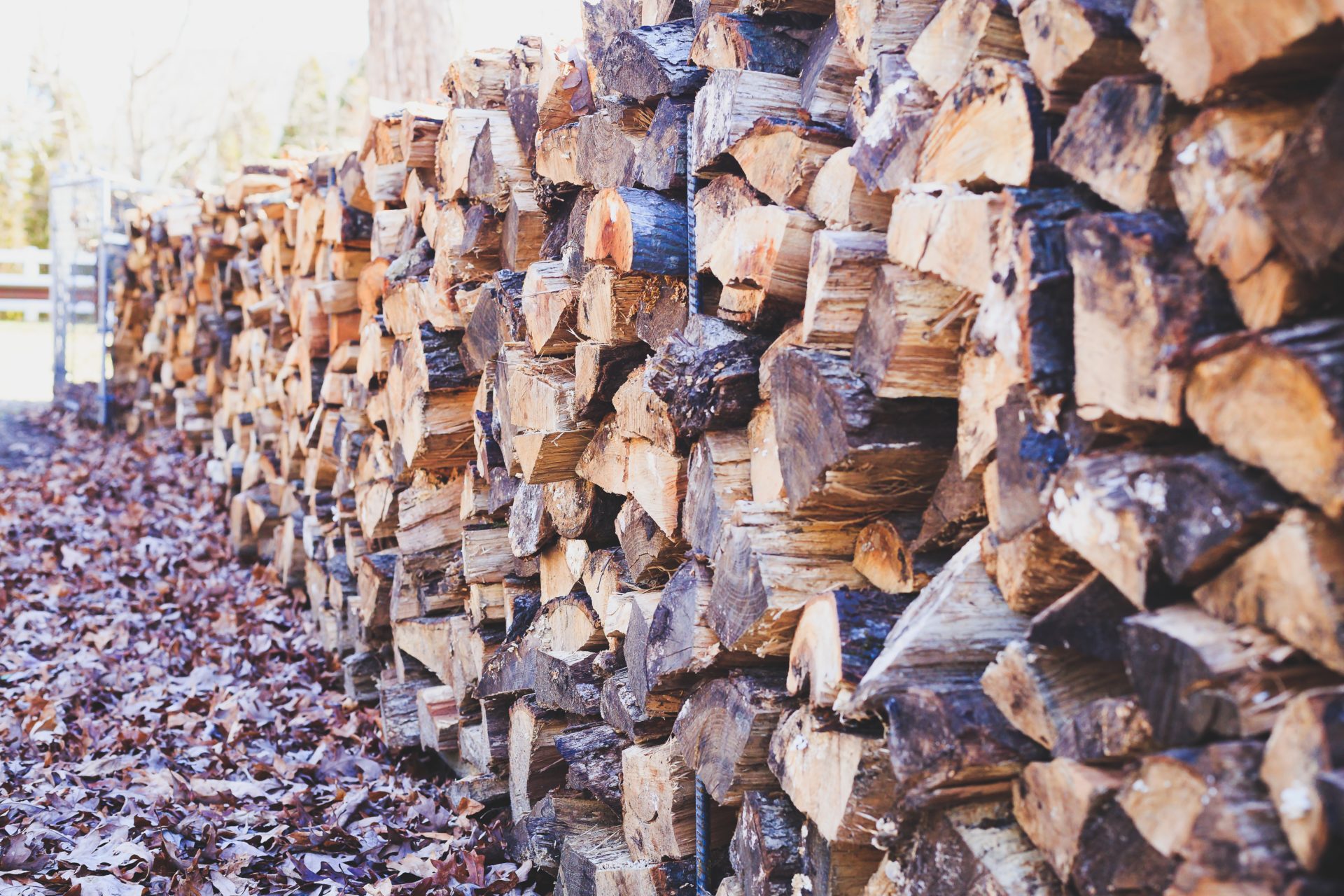Most U.S. homes and businesses use either furnaces or boilers to produce heat. Because both serve the same function, people often refer to furnaces and boilers as though the terms were interchangeable, but the two are not the same. They differ in the methods used to heat a space.
Wood furnaces and boilers use wood to produce heat rather than consuming natural gas or heating oil. Each type of heating system distributes the warmth differently, whether through water pipes or air ducts. The distinctions between wood boilers and furnaces may make one better for your home than the other.
What Is a Wood Furnace?
A wood furnace burns wood to heat air around the combustion chamber and heat exchange surfaces. Then, the fan draws air across the heat exchanger and into the furnace to warm it. The hot air blows through ducts and vents to various locations in the building.
What Is a Wood Boiler?
A wood boiler burns wood to heat water around the combustion chamber and in the heat exchange tubes. The hot water is then circulated through pipes to radiating surfaces around the building, including baseboard radiators and radiant flooring systems.
Boilers may create boiling water, in which case they are called steam boilers. Other models use a hot water system, where water moves through pipes rather than steam.
What Are the Differences Between Wood Furnaces and Wood Boilers?
Flexibility
The primary difference between furnaces and boilers is the heat exchange medium. Furnaces use air, and boilers use water. These differences in heating mediums change how you can implement a furnace or boiler. Boilers offer more flexible installation because it is easy to move a large quantity of heat through small pipes. They can be installed in remote locations, like attached structures or outdoor workshops. Furnaces need to be close to the building they heat because, otherwise, the air cools too rapidly as it travels.
While furnaces have less flexibility in placement, they provide more options for comfort. Furnaces have an advantage in that ducts used to move heat in winter can also be used to move chilled air in the summer. Boilers have more flexibility because you can use the hot water system for laundry, showers, or a dishwasher.
Efficiency
The characteristics of water and air make boilers and furnaces give these systems different efficiency levels. Air holds less heat than water and does not exchange heat as readily as water. That means that boilers are often more efficient than furnaces. Furnaces must use large fans to move air, which requires more power consumption than circulators, which move hot water.
Cost
Comfort
Longevity
Because the steel used in Fröling boilers is in contact with water, it never overheats. This feature is why water-cooled engines typically last longer than air-cooled engines. Furnaces are more challenging to protect from heat and often warp or crack much sooner than boilers. This difference means that boilers, while more expensive initially, may even out over time through their long life span.
Maintenance
Wood furnaces and wood boilers require maintenance over time. Some maintenance needs may be the same regardless of the system, such as annual checkups and control adjustments for better efficiency and comfort. However, differences in design can also cause changing maintenance requirements. Furnace systems require regular air filter changes every 30 to 90 days. Boilers often require less maintenance due to their long-lasting design.
Discover the Wood Boilers Available at Tarm Biomass
Wood boilers offer a long-lasting design, efficiency, flexibility, and comfort. With all the benefits of wood boilers, they're an excellent choice for homes and businesses. At Tarm Biomass, we can help you find the best wood boiler for your needs. Get in touch with us today for more information.


